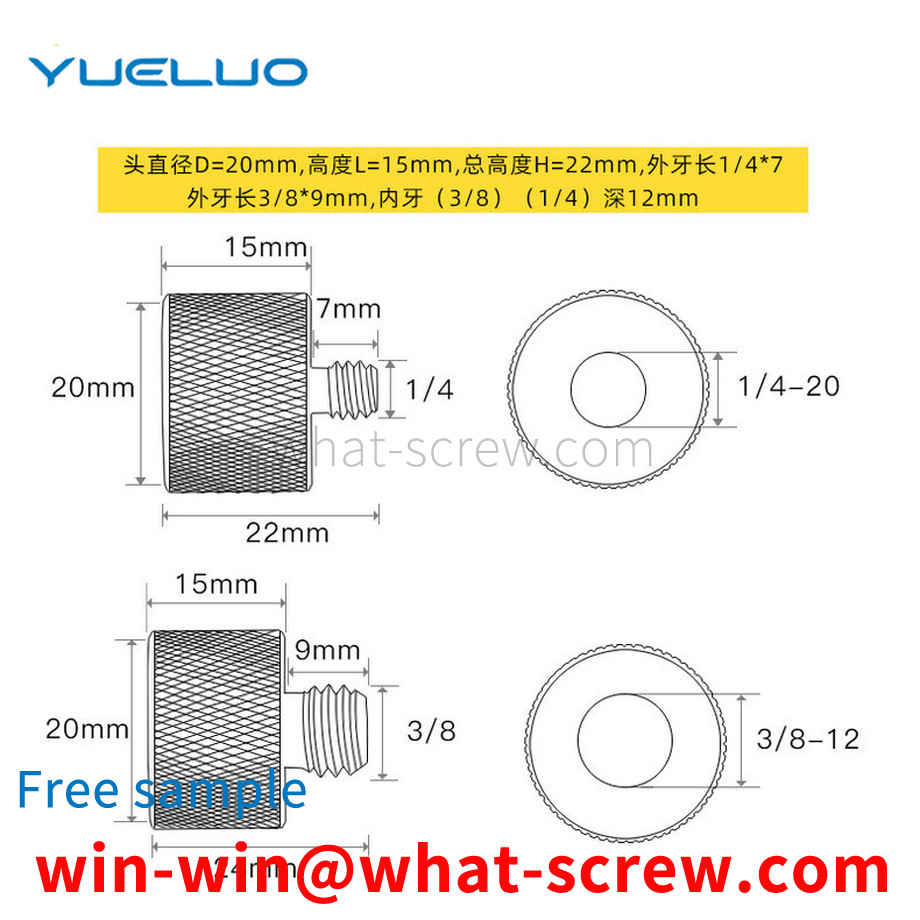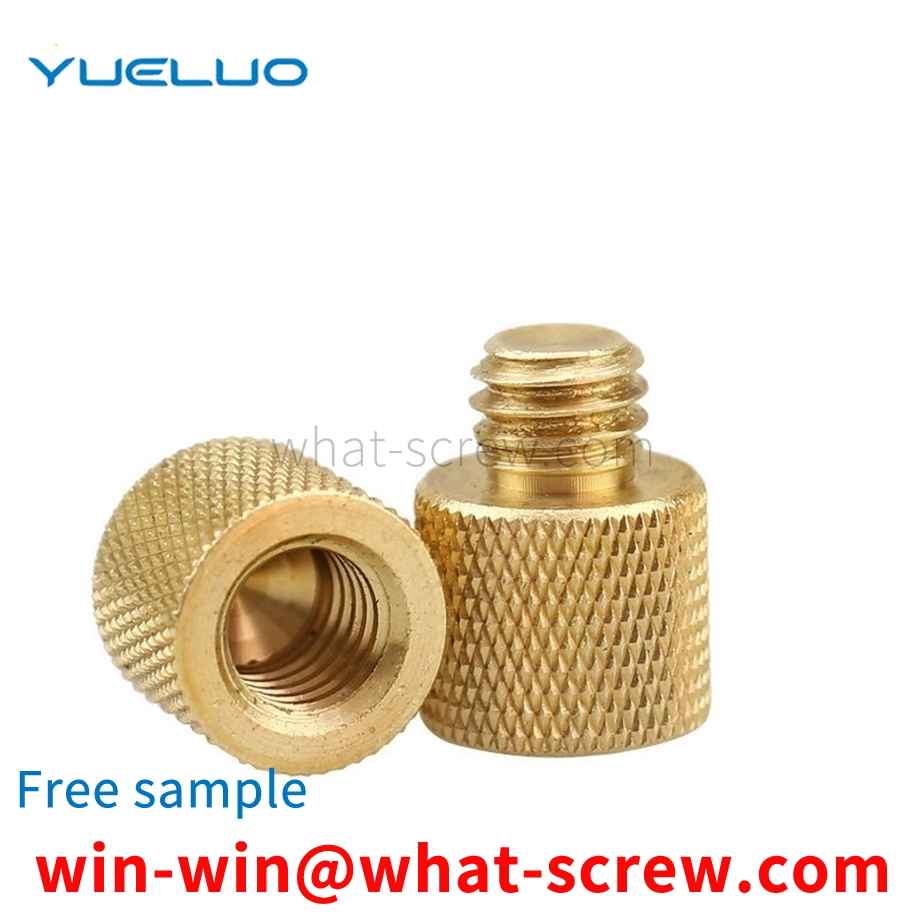The existing welding stud only has one welding spot on the top surface of the screw head, and the welding stud is relatively long and thick. When welding, the current will be relatively large, so that all the welding spots can be melted to complete the welding process. Because there is only one welding spot, and the welding stud is relatively long and thick, the increase of the current during welding will deform the melting point of the metal plate, which will lead to the penetration of the metal plate, which will lead to the concave and convex welding scars on the back of the welded plate, which will affect the appearance. Only one welding spot is located to be welded with the metal plate. During welding, the uneven parallelism of one spot leads to insufficient stability and a certain slope. It is easy for workers to have insufficient stability and parallelism when operating, resulting in wasted time and high scrap rate. increase.
Further, the pressure riveting portion and the pressure-bearing portion are both columnar structures, the outer diameter of the pressure-bearing portion is larger than the outer diameter of the pressure riveting portion, the pressure riveting portion is a stepped structure, and the diameter of the lower end of the pressure riveting portion is smaller than that of the pressure riveting portion. The diameter of the upper end of the rivet part.
The following standards contain provisions which, through reference in this standard, constitute provisions of this standard, and at the time of publication of this standard, the editions indicated were valid. All standards are subject to revision and parties using this standard should explore the possibility of using the latest edition of the following standards. GB/T90-1985 Fasteners Acceptance Inspection, Marking and Packaging -1985 Cross recessed screws GB/T1237-2000 Fastener marking method GB/T3098.1-2000 Mechanical properties of fasteners Bolts, screws and studs GB/T3098.6-2000 Mechanical properties of fasteners, stainless steel bolts, Screws and studs GB/T3098.10-1993 Mechanical properties of fasteners Bolts, screws, studs and nuts made of non-ferrous metals GB/T3103.1-1982 Fastener tolerances Bolts, screws and nuts GB/T3106-1982 Bolts , The nominal length of screws and studs and the thread length of ordinary bolts -2000 Fastener surface defect bolts, screws and studs, general requirements GB/T16938-1997 Fastener bolts, screws. Studs and nuts general technical conditions
The upper part of the T-bolt is a screw rod, and the bottom end is a T-shaped head. It is equipped with a sleeve with an anchoring plate. The fastening equipment is installed by the anchoring force between the T-shaped head and the anchoring plate. The appearance of the equipment after installation is shown in Figure 1, in which the figure composed of black lines is a component composed of T-bolts and integral sleeves. When constructing civil foundations, the sleeves should be pre-buried first, and the T-bolts will not be used until the equipment is installed. Anchor into the sleeve.
As the most common hardware, screws and nuts are widely used in construction and machinery fields. However, existing screws and nuts are easily corroded to varying degrees in the natural environment, especially the threads on screws and nuts are corroded After that, the whole screw and nut are useless, and people have to discard them, which will inevitably lead to a lot of waste of resources.
We have many years of experience in the production and sales of screws, nuts, flat washers, etc. The main products are: high-precision cap nuts, gasket extension bolt sets, copper column manufacturers, lifting ring screws and nuts and other products, we can provide you with suitable tightening. Firmware Solutions.



















 Service Hotline
Service Hotline




